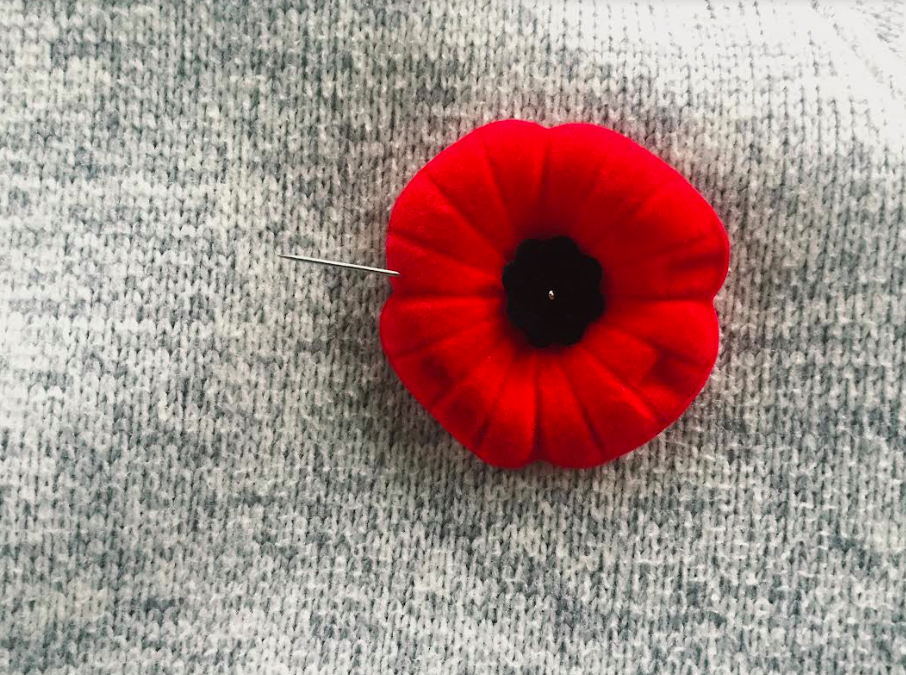Since the Great War Veterans’ Association of Canada first adopted the red poppy as the official symbol of remembrance in 1921, Canada, along with other countries have worn the poppy to honour their fallen soldiers.
The red poppy is a native plant along much of the WWI Western Front. After the destruction of these lands, the blood-red flower was the only plant to grow on the otherwise barren soil. Â And so, the poppies covered the graves of soldiers left by battles, most famously in Flanders, France. As Remembrance Day approaches more and more poppies are beginning to bloom on the jackets of Canadians across the country.
Today, millions of Canadians pin this emblem over their heart to remember and honour the many tens of thousands of Canadians who have died in war. Every year, there seems to be a lot of confusion about when to wear poppies, how to wear poppies and what to do with them. The Cadre hopes this brief outline of poppy protocol and particulars provides some clarity.
Poppies are to be worn the last Friday in October until November 11. Poppies are not meant to be kept and reused the following year. After a Remembrance Day ceremony, you are either to put your poppy on one of the wreaths located at a cenotaph or dispose of them in another respectfully way. The Legion encourages people to wear a poppy to funerals of Veterans, and any commemorative event i.e. the anniversary of the Battle of Vimy Ridge.
The poppy is generally worn on the left side of your chest, over your heart. However, as long as it is on your left side of your body, it is fine. However, You should not pin a poppy on a shirt collar or on a hat. Moreover, you should keep the default pin that is inside the Poppy when you get it. It is not recommended to replace it with a safety pin or a Canadian Flag Pin.Â
Usually, only one poppy is worn, however, you are allowed to wear more than one. Some people wear multiple poppies to honour multiple countries or multiple individuals. Queen Elizabeth II is known to wear four poppies.
There are different colour poppies including red poppies which represent all those who died in war; white poppies which represent those who died in conflict while showing their commitment to peace, purple poppies which represent the animals that died in conflict and black poppies which represent the all African, Black, and Caribbean peoples that contributed in any way to the war effort.
Canadians outside of the country can find poppies at any Royal Canadian Legion Branches in the United States, Mexico, Germany, and the Netherlands, or through their respected Canadian Embassy or Consulate.
By: Iain Burhoe
Photo: Lorelei Kenny
